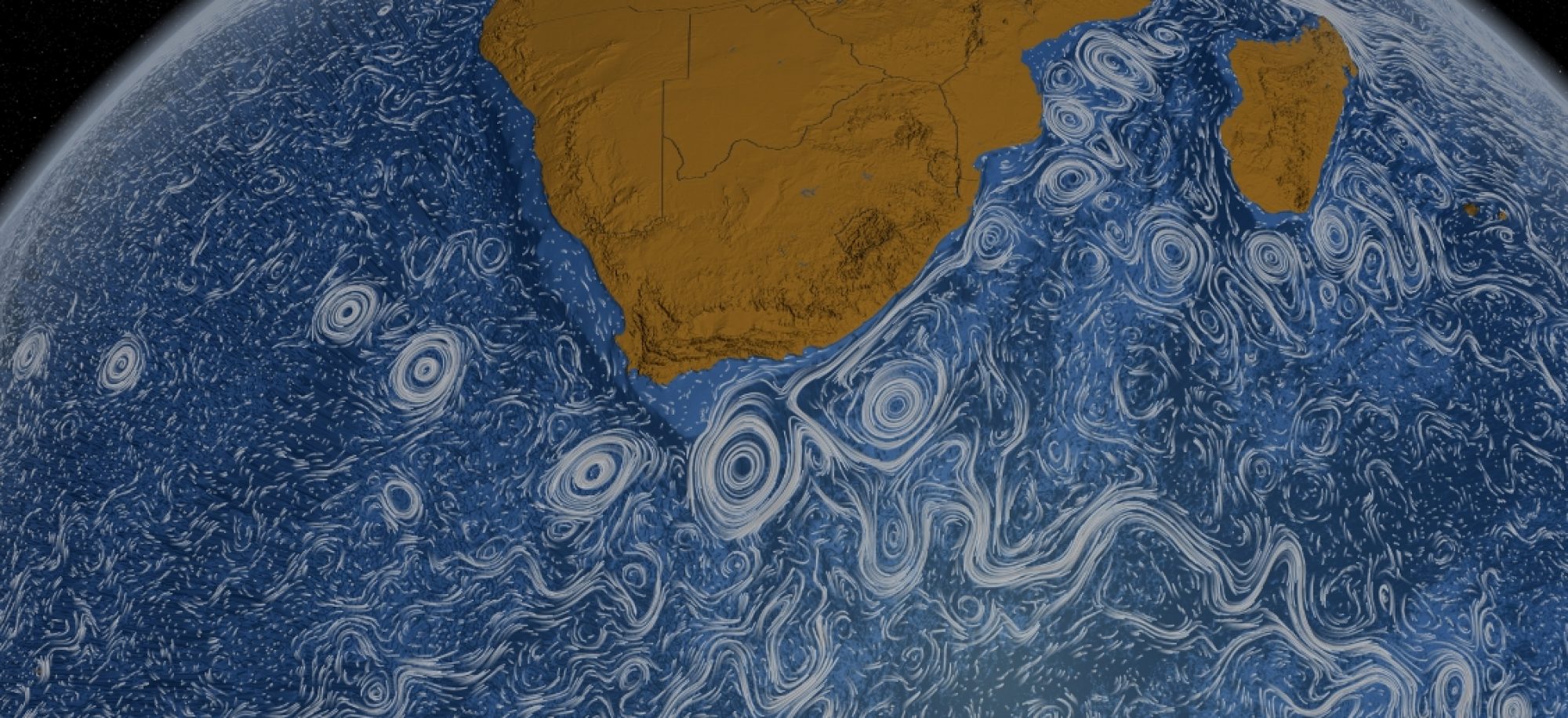My PhD research concentrated on the Southern Ocean, which encircles Antarctica and is home to the world’s longest and strongest ocean current. The Southern Ocean is particularly important forthe Earth’s climate because it connects the three main ocean basins (Pacific, Atlantic and Indian) and so transports quantities like heat, salt and carbon between them. However, because the Southern Ocean is so remote, direct measurements are scarce and so oceanographers have a relatively poor understanding of the processes happening there. My thesis was about how the complicated sea bed shape of the Southern Ocean affects the currents there, and used satellite data to find out about how different water masses mix together.

I looked at this in a variety of ways, using a very simple model and a very complex one. The advantage of simple models is that one can more easily understand the behaviour found, however the assumptions made in simple models can mean that they are not widely applicable in the real ocean. My research used a simple model to investigate the currents that form when oceans flow over a rising slope. I found behaviour that had not been seen in these models before, and might help explain the behaviour of the currents seen in the Southern Ocean.

In the winter of 2010-2011 I took part in a 6 week research cruise in the Southern Ocean (part of the international DIMES project). We measured the concentration of a dye that had been released two years previously. I used a large model of the full Southern Ocean in combination with information about currents from satellites to simulate the path of the tracer. I then compared the results of the simulation with results collected from the research cruise. Comparing the two, I diagnosed information about the stirring and stretching that the tracer had experienced since it had been released. This information helps us understand how quantities like carbon and salt are moved around the Southern Ocean.
